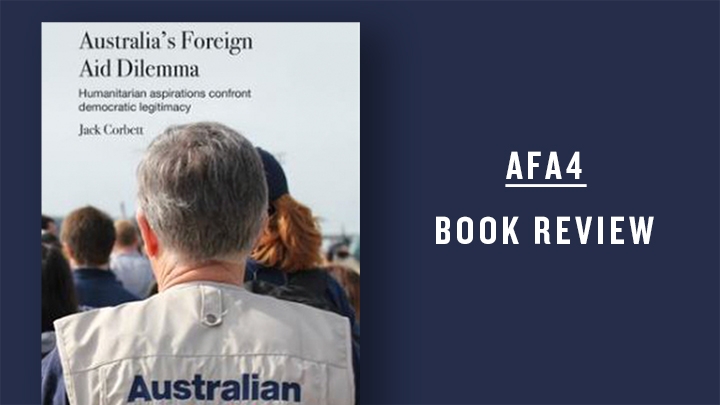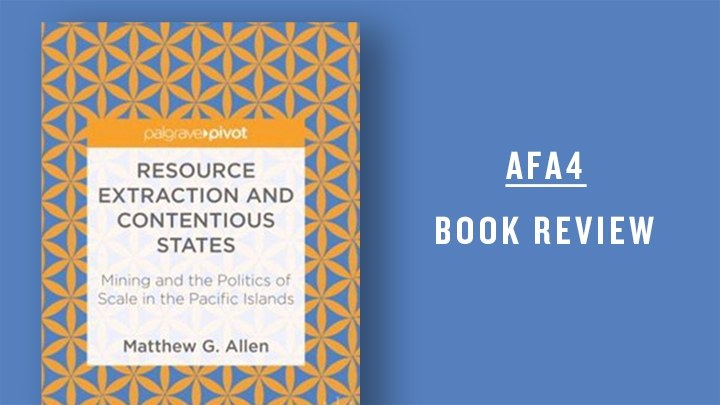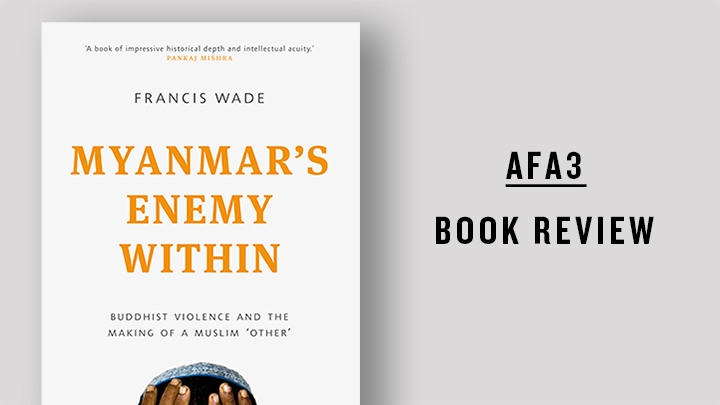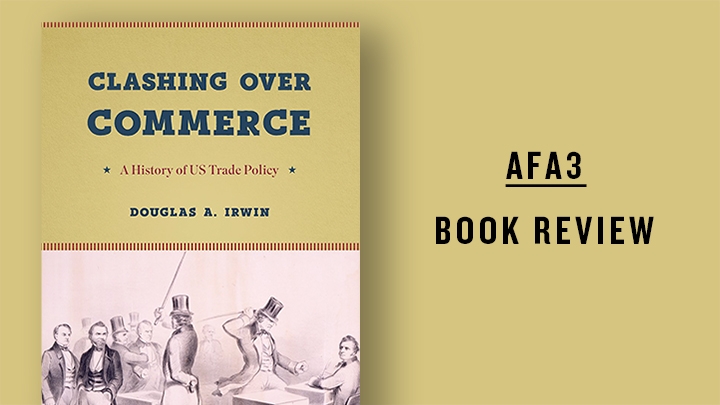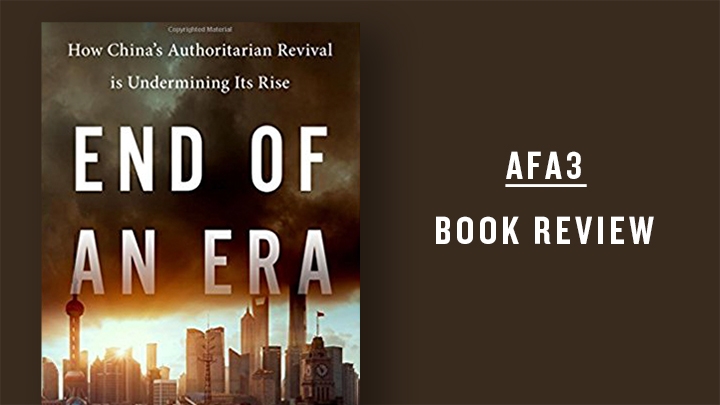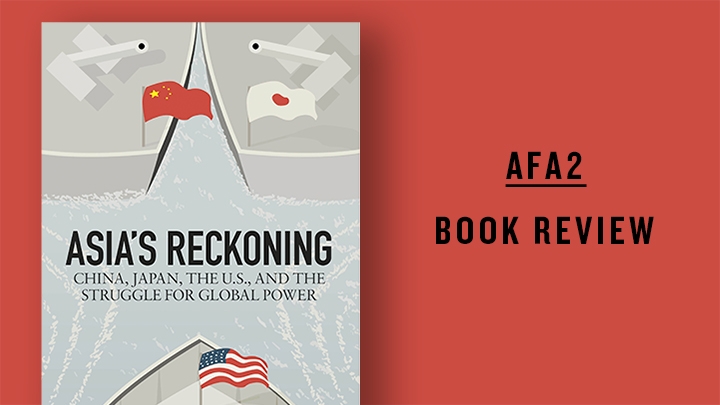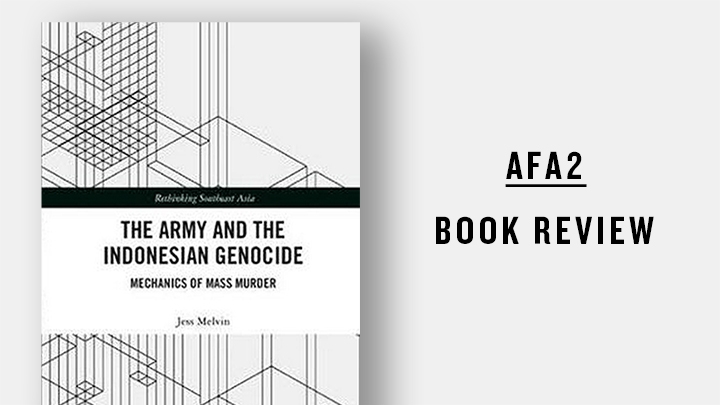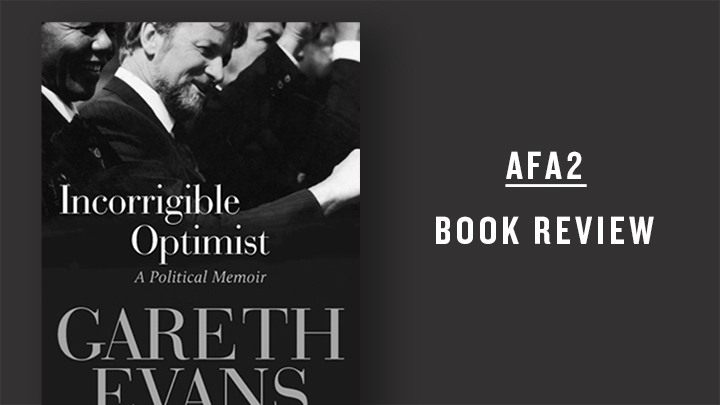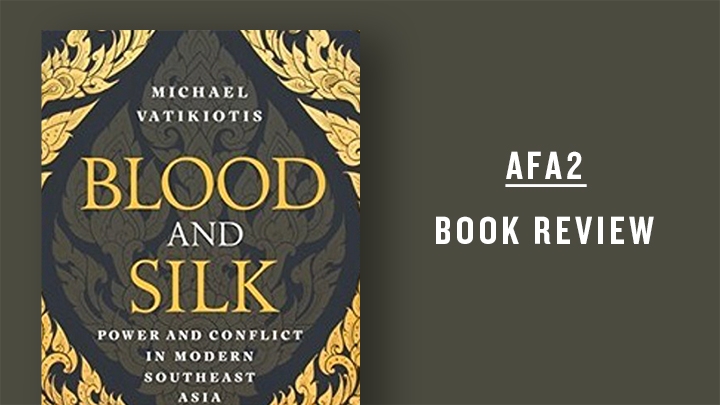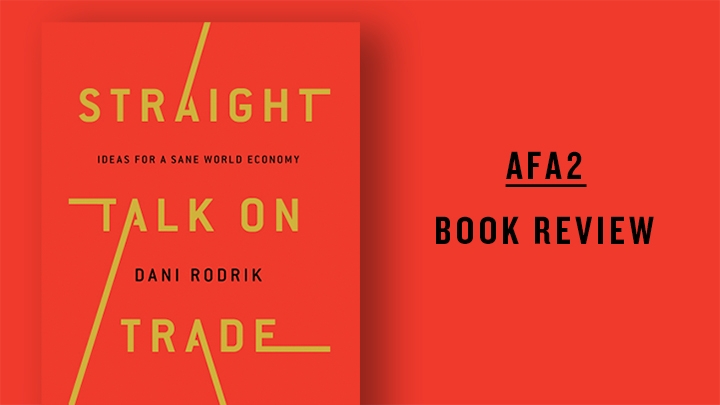Australia’s Foreign Aid Dilemma: Humanitarian Aspirations Confront Democratic Legitimacy
Jack Corbett
Routledge
One might expect that a country like Australia, almost unique in being rich but located in the midst of developing countries, would be at the forefront of international thinking about economic and social development. Oddly, the contrary is true, as Jack Corbett’s Australia’s Foreign Aid Dilemma reveals.





